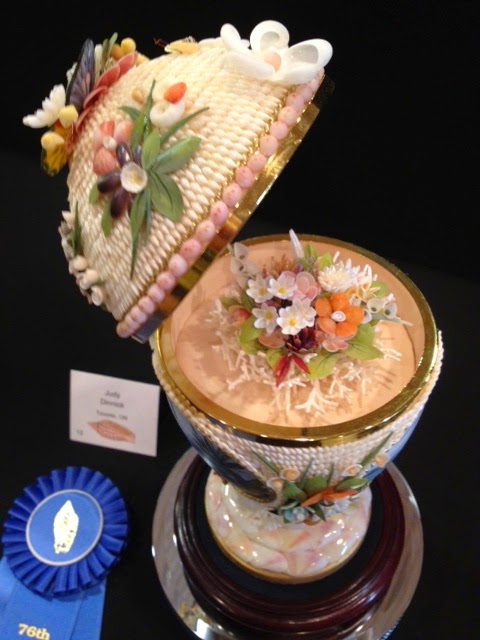It's the last day of writing a post based on the day and the letter of the alphabet it represents. The last day of repressing my almost-boiling-over desire to blog about Spring.
But wait. There's one more post needed, for a word beginning with "Z".
The choice is obvious. It's time to honor the Zone.
The Twilight Zone, that is.
As I write these words, I wonder how many people reading this post (given that I have a number of international readers, and readers who weren't born when this show aired on U.S. network TV) remember Rod Serling. How many would recognize these words: "Submitted for your approval".
 |
| Rod Serling on the cover of a classic TV Guide |
I want to submit this post about a TV show called The Twilight Zone to you for your approval, because I have come full circle in my theme of America the Beautiful. But don't expect me to show up at the end of this blog post, smoking a cigarette.
On the last day of this Challenge, I mention Binghamton, New York, the city where I work, the city where I lived for a brief time many years ago.. This was where Rod Serling, the man responsible for The Twilight Zone and other TV shows, grew up. I've blogged about Rod Serling's childhood neighborhood and the junior high and high schools he went to.
 |
| This and above photo taken at Bundy Museum of History and Art Binghamton, NY, with permission |
But I haven't blogged that much about the Twilight Zone TV series itself. These shows, first broadcast between between 1959 and 1964, had a big influence on me. Even as a child (I was born in 1952), I knew there was something special about this TV show that was unlike the normal run of Westerns and variety shows filling TV schedules in those years.
And, somehow, Serling kept coming back to the beautiful Binghamton and upstate New York of his childhood again and again in these shows.
There was always a twist in the story. They were stories that made you think, made you question, made you angry, made you wonder. Nothing was ever what it seemed, in the Twilight Zone.
 |
| The original Cobra Phone featured on the Twilight Zone, Bundy Museum |
Here is a sample of episodes for your approval. (Note, if you click links, you will find full length videos. Some are 30 minute shows and others 60 minute shows.)
Eye of the Beholder: A deformed woman is awaiting the results of her plastic surgery...surgery she hopes will make her beautiful, like the people around her....
The Hitch-Hiker - a young woman survives an incident with her car and continues a drive cross country, where the same hitchhiker keeps trying to hitch a ride with her, over and over...
It's a Good Life - I still get chills when I see a cornfield.
Living Doll - why you should never mess with your children's toys....
The Monsters are Due on Maple Street - if you think you live in a neighborhood where everyone cares about everyone else, think again...
Time Enough At Last - what would you do if you were the last man on Earth?
Walking Distance - what happens when a harried man tries to return to his childhood? (People who know Binghamton will recognize a certain park and carousel...)
The Midnight Sun - the Earth's orbit has changed, and the Earth is heading towards a fiery end - or, is it? This is one of my personal favorites.
This is a Zone you may or may not want to enter. But if you dare (I've included links above to several full length episodes available on IMDb above), you will be richly rewarded.
Tomorrow - back to my regularly scheduled blogging except for May 4. Stay tuned!





























.jpg)












.jpg)









